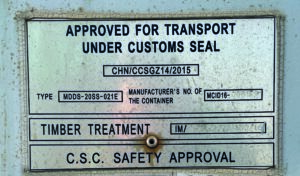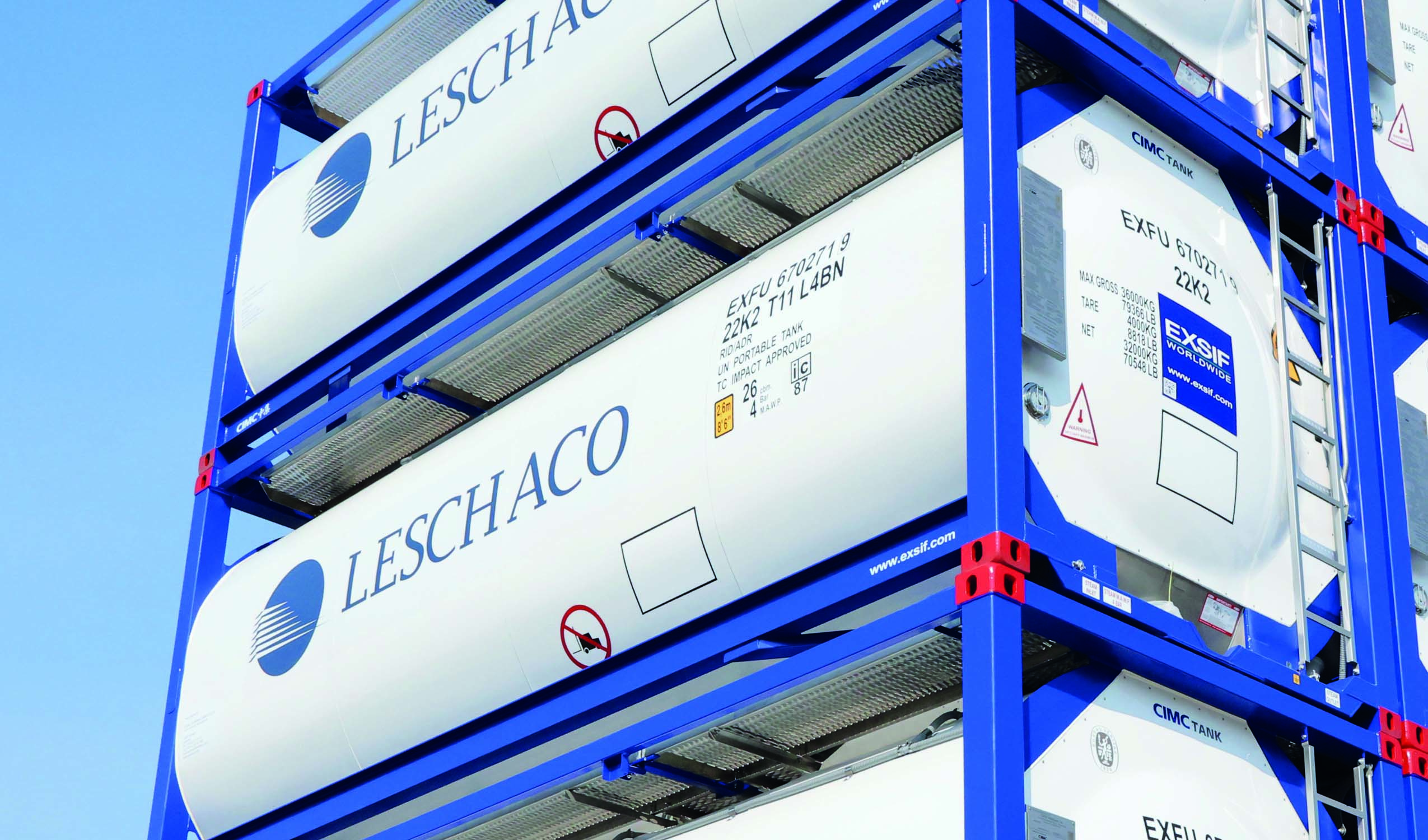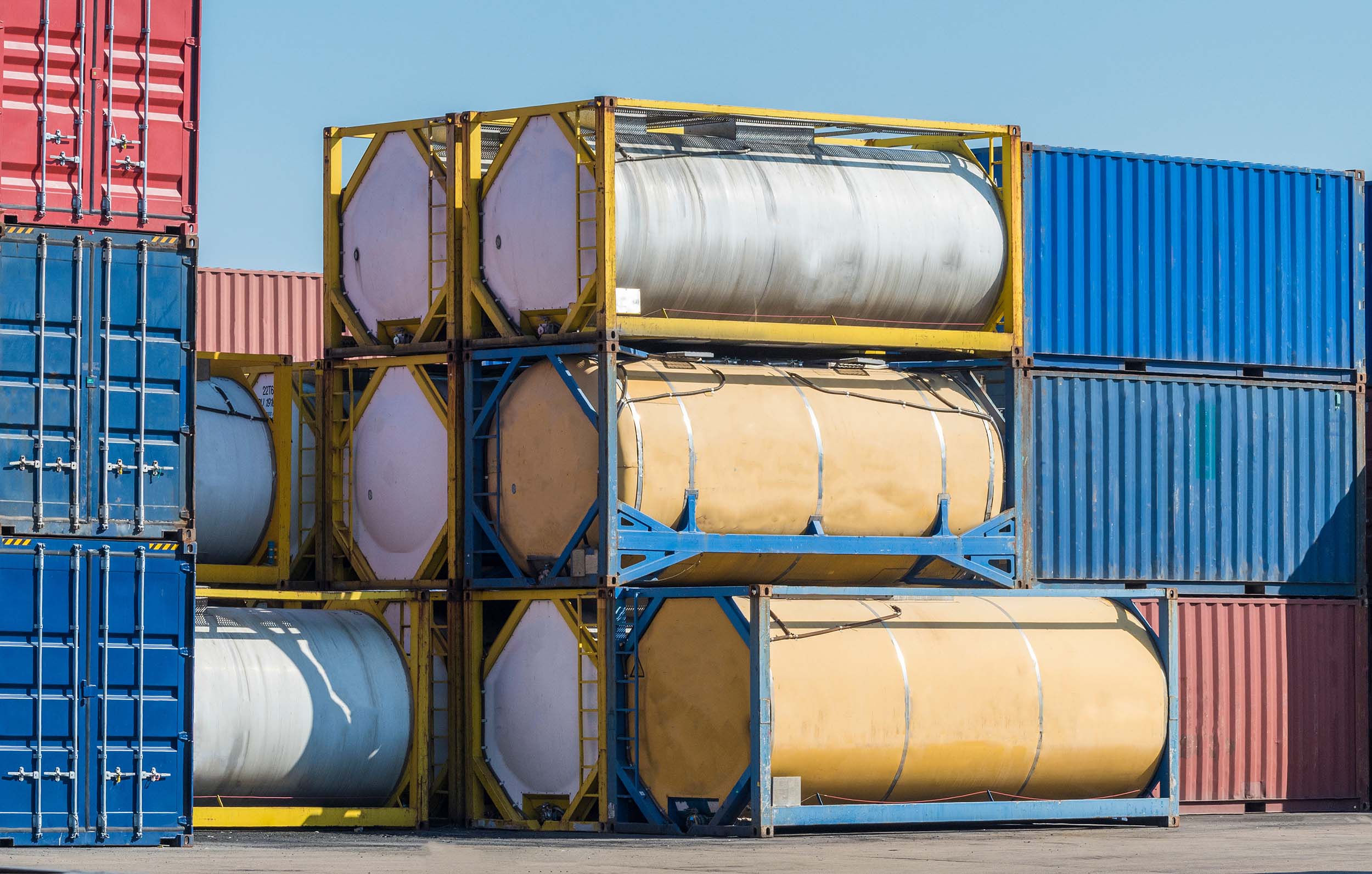
Ten tips for the safe shipping of containers in maritime logistics
Ten tips for the safe shipping of containers in maritime logistics Approximately 150 million TEUs (1 TEU = the size of a 20-foot container) are transported in global ocean shipping each year. The International Maritime Organization (IMO) has developed regulations based on the UN Recommendations, which are recognized in almost all countries. They form the basis for safe transportation anywhere





